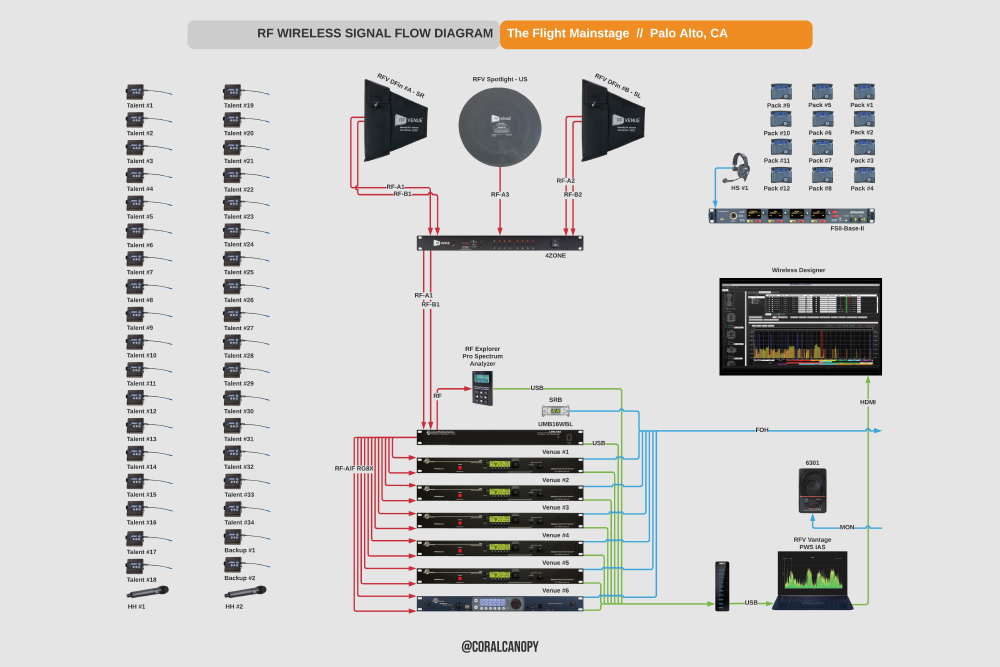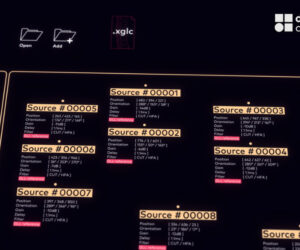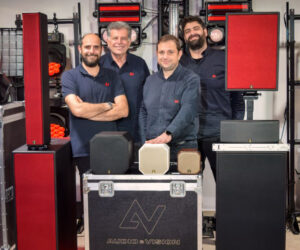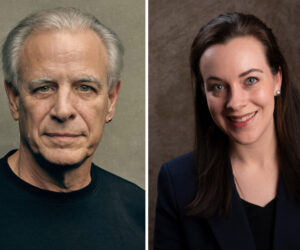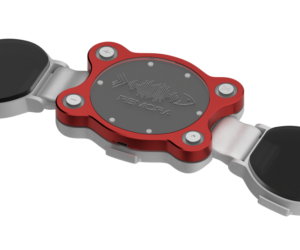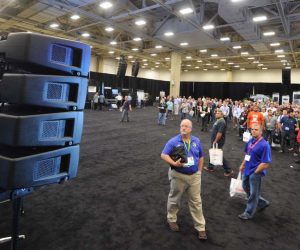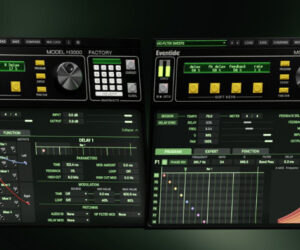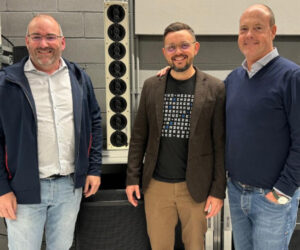The Family Farm, a San Francisco Bay Area venue operated by the Family, a 120-year-old fraternal organization based in San Francisco, has deployed RF Venue technology to upgrade wireless system performance at its events, most notably the annual Flight Play production that’s written and performed by club members.
Although the venue is located on the outskirts of Palo Alto, about 10 miles south of San Francisco proper, it still faces the RF challenges that have become especially prevelant since the FCC auctioned off much of the UHF and VHF frequency ranges that were formerly available to wireless systems. That’s what Alan Chang, principal of Coral Canopy (a multimedia production house that covers the gamut of film, television, concert, theater, orchestra and choral sound design and system integration) faced when the Family Farm sought help in dealing with spectrum constraints ahead of last year’s Flight Play.
“The show, which takes place each summer and is usually a musical with a historical context, can have as many as 20 to 40 cast members,” explains Chang, who named his company after a nonprofit nature preserve he once founded. “There are a lot of moving parts — we had 36 channels of wireless microphones this year, plus two backup channels. And in a tighter spectrum environment like we have now, that’s a challenge.”

He notes that he’s been using RF Venue Diversity Fin antennas for a decade, encountering them early as a beta product. “We’ve deployed them across a wide range of events, from television to theaters to concerts, and they’ve always been great,” he says. “But what really made a huge difference this year, with the tighter spectrum environment, was the RF Venue 4 ZONE active antenna combiner. The 4 ZONE was located near the stage, feeding the A/B combined antenna pair into a main rack with the wireless receivers. We used an RF Venue Spotlight omni floor pad antenna upstage, with one D-FIN by stage left and another D-FIN by stage right. It was a great combination of systems.”
In addition, an RF Venue RF Explorer Pro Audio Edition handheld RF analyzer was deployed to aid in monitoring performance of Coral Canopy’s Lectrosonics wireless systems.
Chang says that onstage performers wearing wireless bodypacks will often turn away from and out of the line of sight of wireless receivers, precipitating dropouts: “With the combination of the 4 ZONEs and the RF Venue Spotlight, we had complete coverage of the entire stage, even when performers were facing downstage.”
He points to 4 ZONE’s 31 dB of individual channel RF attenuation, calibrated in 1 dB steps, so he can adjust the gain of each antenna to minimize any overlap. “Because the coverage is so complete, the front-of-house mixer for the show can really stay on point during the performance, not having to worry about dropouts at all,” he concludes. “RF Venue gear just works and works well, and the products are user-friendly and reliable. That’s everything you’d ever want in a wireless antenna solution.”


